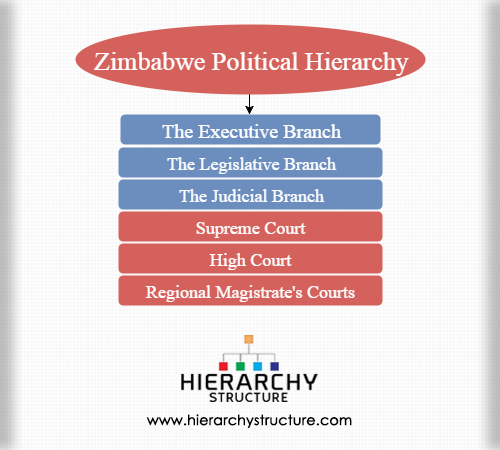Zimbabwe is a full presidential republic where the President is considered to be the head of state. The government of the country is organised according to the 2013 constitution. The political power in Zimbabwe is split into three branches for the ease of exercising and implementing rules and laws.
These three branches are the executive branch, the legislative branch and the judicial branch. There is a certain hierarchical or organization order that is followed in the Zimbabwe political system and to understand it better, you can go through the following given information.
The executive branch
The President who is the head of state is also the head of the executive branch of the political system in the country. The president is elected by popular majority vote. He appoints the cabinet which too comes within the executive branch and is also the head of the House of Assembly. Under the president comes the Vice President who too forms an important part of the executive branch.
The Legislative branch
The next position in the Zimbabwe political hierarchy is that of the legislative branch. The legislative branch is headed by the Prime minister of the country. The parliament comes under the Legislative branch and has 120 members who are elected by the common roll electorate. It has 10 tribal chiefs, 12 presidential appointees, the speaker, 8 provincial governors and the attorney general.
The Judicial branch
The head of the judicial branch of the country is the chief justice of the Supreme Court. The judiciary is also headed by the chief justice who is appointed by the president on the suggestions and advice of the judicial service commission of the country. Within the judicial branch, there is a hierarchy among the courts and this hierarchy structure has been given as follows:
- Supreme Court-this is the highest level court in Zimbabwe and is the court of final appeal. The chief justice is the senior judge and he sits on the bench with some other high level judges.
- High court-each state in the Zimbabwe has a high court which is the highest level court of the state and comes on the second highest level as far as the entire country is concerned. Those who are not satisfied with the verdict of the high court can move to the Supreme Court. The high courts consist of general and appellate divisions
- Regional magistrate’s courts-these courts come below the level of high courts and are present in different districts or regions.
Know about South Africa political hierarchy.

